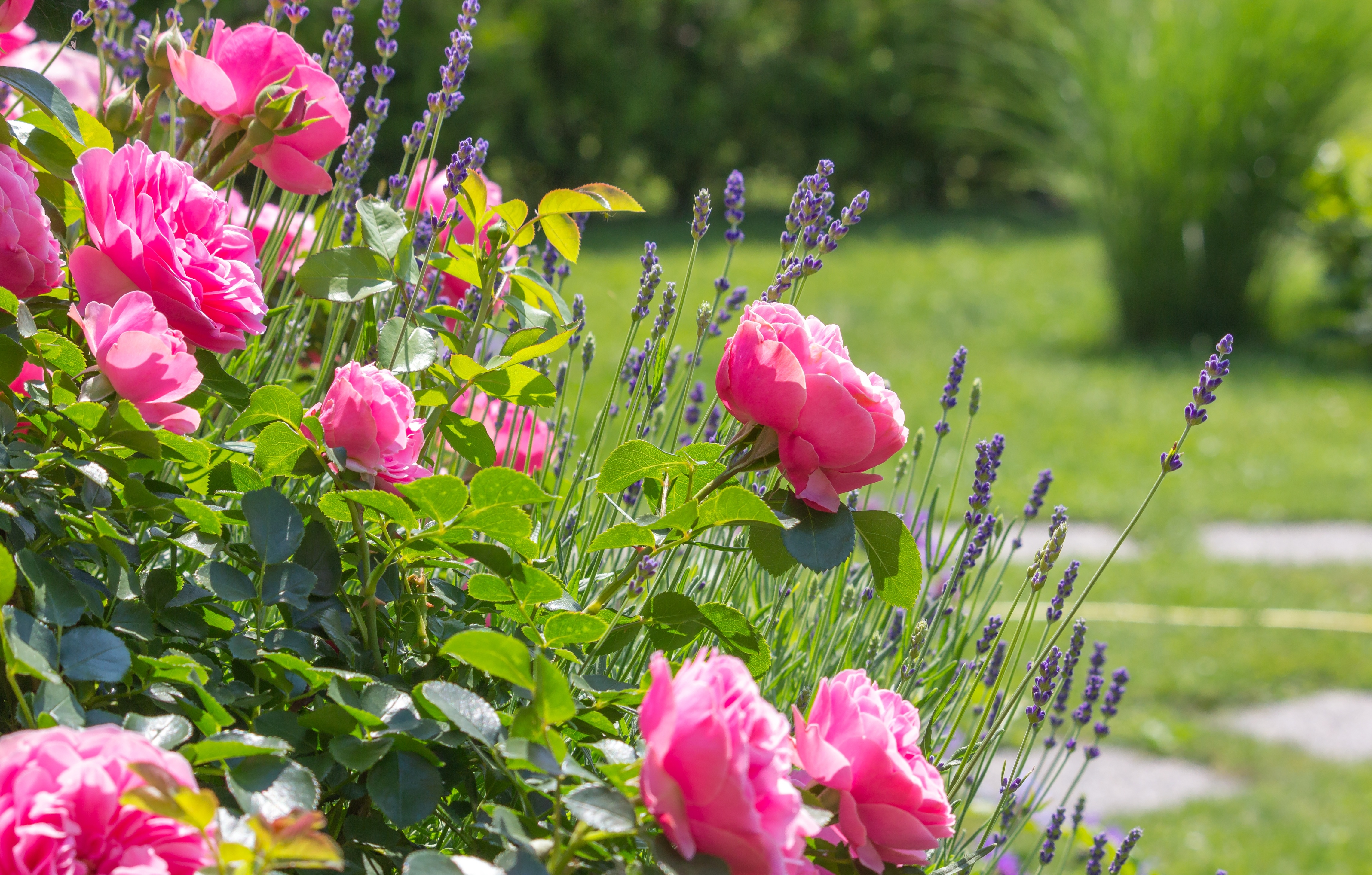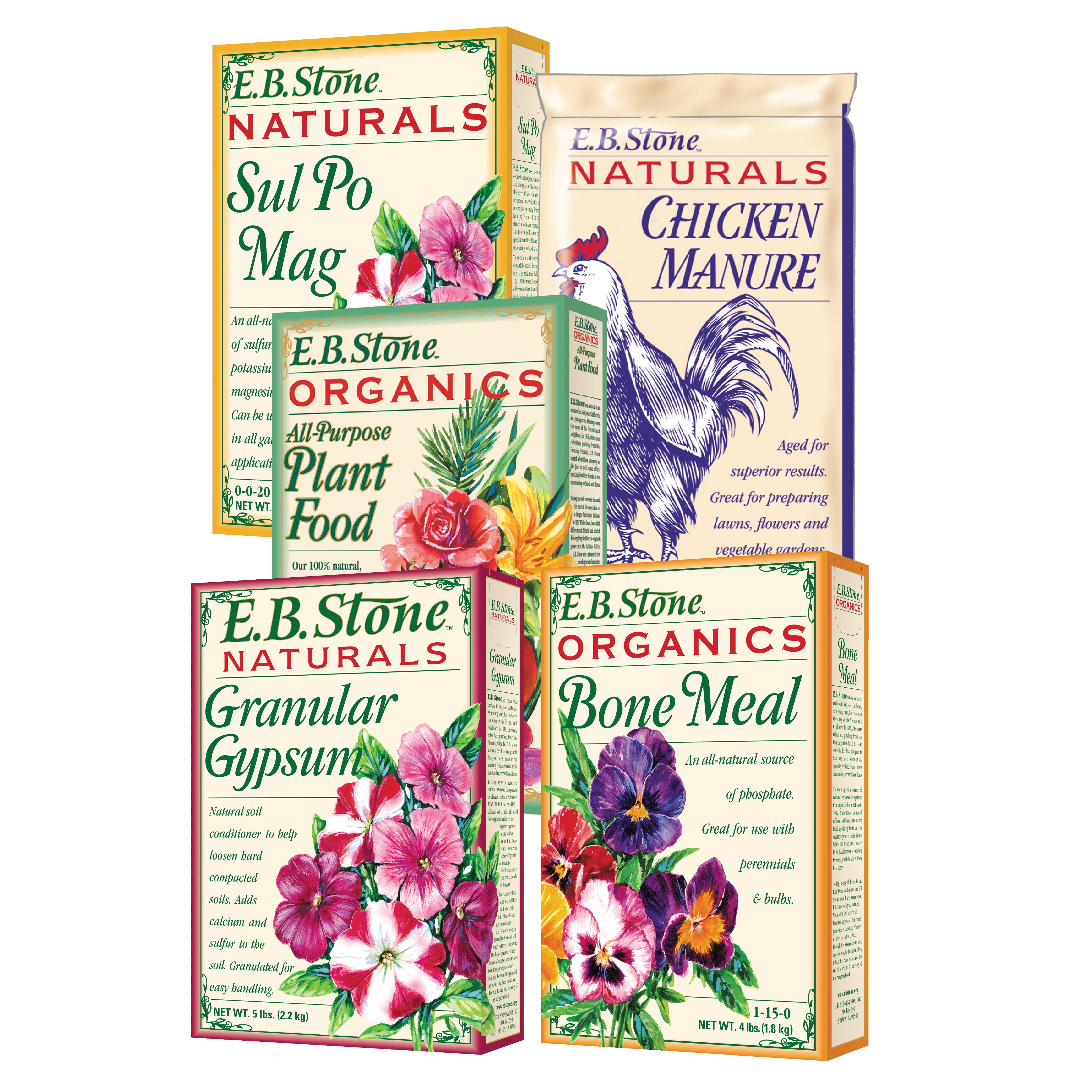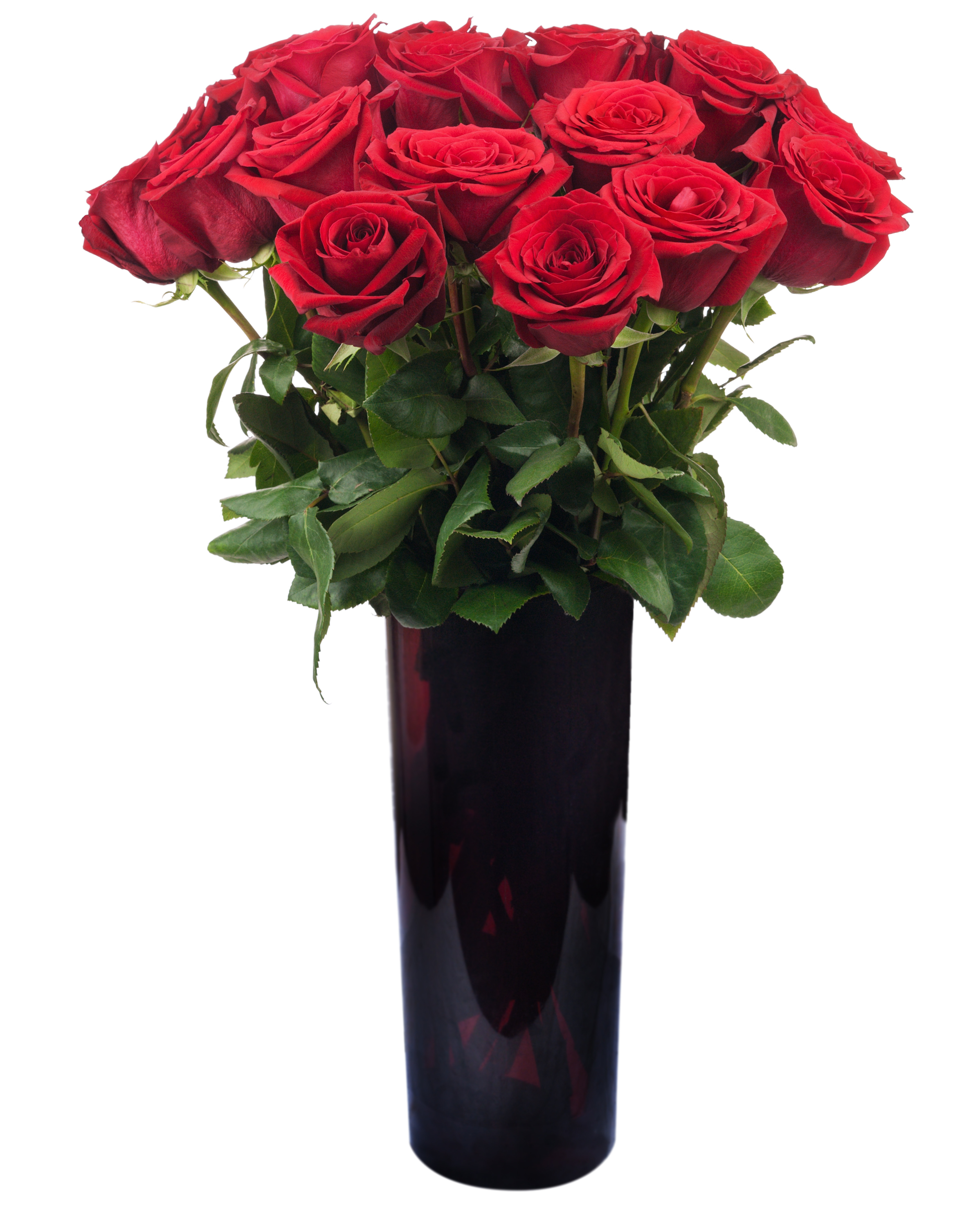
For the Love of Roses
My love of roses was kindled as a child in my aunt’s rose garden some 35 years ago. I can still remember the intoxicating smell that would greet us upon arriving to her home. It was such a welcomed scent after traveling an hour, which felt like an eternity, during the heat of summer in our 1980’s Suburban next to my sweaty brother and sisters. Upon arrival, I would peel myself off the bench seat and head straight for those blooming beauties. There I could be found nose buried between the petals, grinning ear to ear. I did my best to only pick an occasional rose to tuck between my ear and curls. Many of you may have a similar attachment or nostalgia with roses. Some of you may admire roses from afar or have an untended rose garden. Tending a rose garden can be quite therapeutic. These thorny plants willingly give way to blooms galore. Read on for advice on how to grow happy, healthy, floriferous roses.
Spring through Fall Rose Care:
Sun:
The best site for a rose gets 5 hours or more of direct sunlight.
Water:
Roses love consistent moisture, but not soggy soil. On average, roses need to be watered deeply 2-3 times a week with about 5 gallons of water for each plant. You may need to water more if you have well drained soil and if temperatures rise above 100 degrees.
Soil & Mulch:
Roses do best in well drained rich soil. If planting new roses in the ground, amend the soil with EB Stone Organics Rose Grow in a 50:50 ratio with native soil. Rose Grow can also be used in container planted roses. Mulching will help to reduce soil moisture loss, we recommend a 3” thick layer of mulch around rose plants making sure to keep mulch away from the plant stem.
Fertilizing:
Feeding your roses will pay off in bouquets. Roses do best when put on a rose fertilizer schedule. We recommend feeding monthly with EB Stone Organics Rose Food April through September. Make sure to water well the day before fertilizing and after you fertilize.
A spring (March) and summer (August) application of this recipe is recommended to give your established roses an extra boost:
½ cup/rose of EB Stone Organics All Purpose Plant Food
½ cup/rose of EB Stone Organics Bone Meal
½ cup/rose of EB Stone Naturals Granular Gypsum
2 Tbsp/rose of EB Stone Naturals Sul Po Mag
1 shovel scoop full of EB Stone Chicken Manure
Spread the first 5 ingredients around the base of the plant, mix into the soil if possible, top with chicken manure and water well after.

Pest Control:
Aphids are the most common visitor in the rose garden. If you find them there, try washing them off with a strong spray of water. If that doesn’t completely solve the problem, try releasing ladybugs or spraying Bonide All Seasons Spray Oil. Diseases that make their way through the rose garden are rust, powdery mildew and black spot. Bring in a bagged sample and we can help identify your disease and recommend treatment. A few applications of Bonide Rose Rx 3 in 1 will usually kick them out of your garden.
Maintenance:
Deadheading is a term used in rose care that means removing spent flowers from plants and doing this is extremely important for repeat blooming roses. Prune stems down to a junction just above a set of 5 leaves. This doesn’t have to be the first set of five leaves, it can be lower depending on what is best for the desired height and shape of your plant.
Roses come in all shapes, sizes, colors, petal count, blooming duration, performance, use and fragrance. Let us help you choose the best rose for you. We have an amazing selection to choose from. Stop by for a visit we would love to help you cultivate a love of roses.
Tips for long lasting cut roses
- Cut them off the plant just as the buds begin to open, showing a small amount of color.
- Use sharp pruners or scissors to cut so that the water uptake channels are not damaged.
- Cut stems in early morning or late evening when they are not stressed by hot weather.
- Recut the stems right before you put them in a vase of water. Cut at a 45 degree angle.
- Strip off leaves and thorns that will fall below the water line.
- Change the water in your vase frequently up to daily if possible.
Ali White
Garden Center Manager




